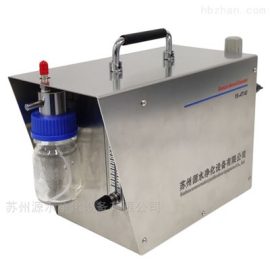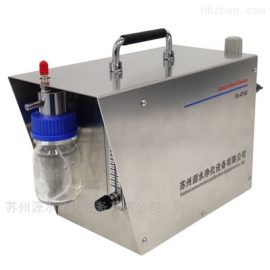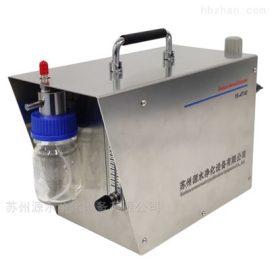The Ultimate Guide to Gas-Insulated Switchgear: Benefits, Applications, and Future Trends
The Ultimate Guide to Gas-Insulated Switchgear: Benefits, Applications, and Future Trends
Gas-insulated switchgear (GIS) represents a pivotal innovation in electrical power distribution, offering enhanced safety, reliability, and efficiency. This guide delves into its core aspects, tailored for engineers, industry professionals, and enthusiasts.
Key Benefits of Gas-Insulated Switchgear
GIS systems utilize sulfur hexafluoride (SF6) gas for insulation, which provides superior dielectric strength compared to air. This results in compact designs, reduced footprint, and higher reliability in diverse environments, from urban substations to harsh climatic conditions.
Enhanced Safety and Maintenance
With enclosed components, Gas-Insulated Switchgear minimizes exposure to electrical faults and external elements, lowering maintenance needs and enhancing operational safety.
Applications Across Industries
GIS is widely adopted in high-voltage power networks, renewable energy integrations, and industrial complexes. Its adaptability makes it ideal for space-constrained urban areas and critical infrastructure projects.
Future Trends and Innovations
Emerging trends include eco-friendly gas alternatives to SF6, digital monitoring via IoT, and AI-driven predictive maintenance, positioning GIS for smarter grid solutions.
Frequently Asked Questions
What is the lifespan of GIS equipment? Typically, GIS systems last 30-40 years with proper maintenance.
How does GIS compare to air-insulated systems? GIS offers higher reliability and compactness but at a higher initial cost.
Ready to optimize your power distribution? Explore our advanced GIS solutions and consult with experts to tailor a system for your needs.


